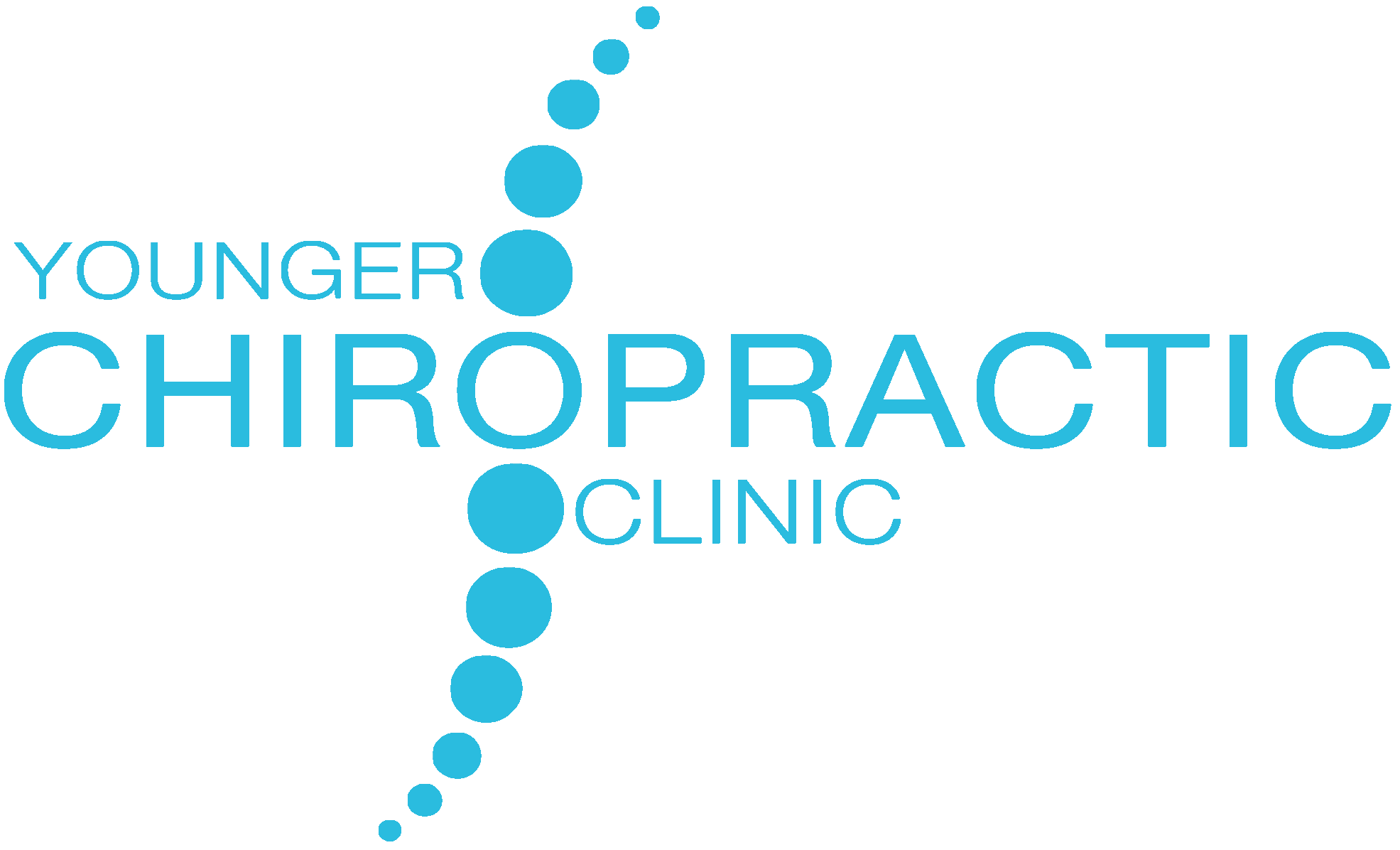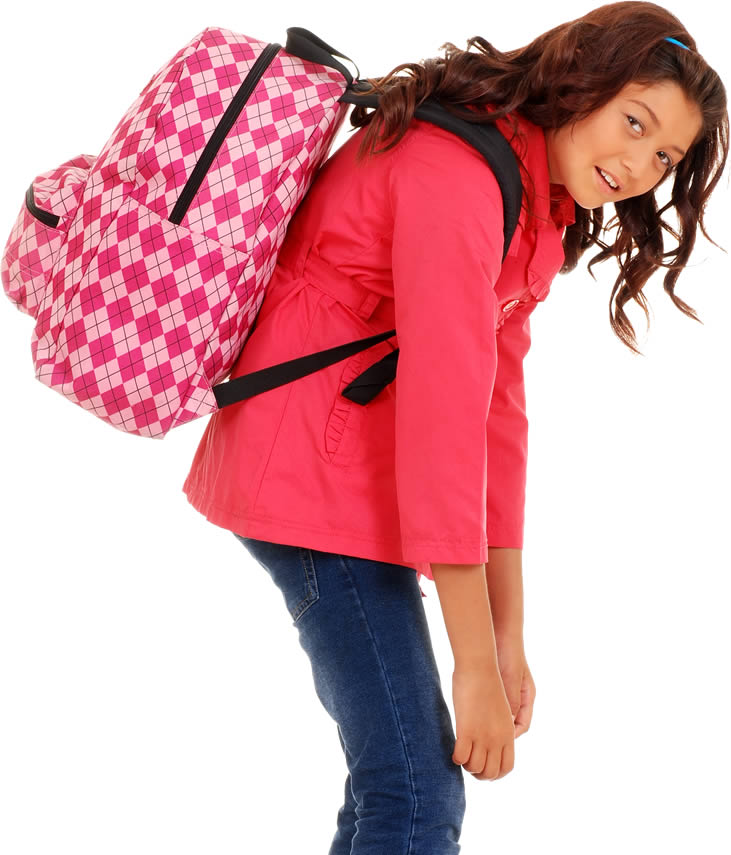Back pain in children
Bony and muscular pains have always been associated with age and elderly. As we grow older, our whole body undergoes processes that decrease the vigor and vitality.
Children have always been looked upon as signs of emerging energy and life where the body can replenish itself and withstand hardships. But children can be fragile and the developing body when subjected to great mechanical stresses responds in different ways.
Back Pain in School Children
Back pain has been reported in children especially between the ages 11-15. Many studies have been carried out to maintain the causative factors and reasons behind an increase in back pain in the younger age groups. Both mechanical as well as psychosocial factors come into play. The Daily Telegraph reports that one in every four school going children suffer from back pain.
Gender distinction
Female children have been seen to be more prone to developing back pain in childhood than males. Studies show that 58.1 percent more females experience back pain compared to 43.2 percent in males.
Reasons for back pain in children
Studies were conducted to evaluate the cause of back pain in children. It is generally speculated that heavy backpacks are responsible for pain and strain in young children. The research points towards many other factors in addition to heavy backpacks for causing back pain.
Heavy backpacks
It was seen that generally students carry backpacks that have weights exceeding 10% of their own body weight. In a study carried out by the University Of Santiago De Compostela, Spain it was observed that children carrying heaving bags had a 50% increased risk of back pain and 42% increased risk of a diagnosed back problem. The results of the study were not statistically reliable though as other factors such as a sedentary lifestyle and poor muscle tone were also attributed as the possible causes.
Possible effects of heavy backpacks
Students all over the world carry bags loaded with books and other materials which make them very heavy and difficult to carry. Carrying this load can lead to pain caused by mechanical stress. This can affect the body of the child in various ways.
When children carry heavy loads on their backs, they can strain the back, neck and shoulders. It can distort the natural curves of the body leading to muscle strains and irritation of spinal joints and rib cage.
Carrying bags on one side of the shoulder causes similar changes involving muscle spasms and can cause strain and pain in the low back and lumbar region.
Preventive measures
In children where the cause of back pain is suspected to be heavy bags, measures can be taken to alleviate the pain of the child.
You can ask the child about the intensity and duration of pain. Reducing the number of books depending upon the teaching schedule can help. Trolley bags and backpacks with straps can be used as an alternative to the usual sling on the back and shoulders.
Lockers can be used to keep books to limit carrying them every day.
All the researches still however remain inconclusive of claiming heavy backpacks as the surest cause of back pain. No research to date is available which states that backpacks can cause structural deformity. The pain caused by heavy backpacks is temporary and causes no permanent damage.
There are suggestions to limit the weight of the bags. They are not based on scientific data.
School sitting positions
School sitting positions if not according to guidelines can lead to tiredness and back pain. In a study 2004 Scandinavian study by Trousler, 30% of the children developed back pain in the first hour of sitting in the class while 70% of them developed in after one hour.
Ideal chair and desk models have been provided to minimize strain on the back and encourage focused studies.
Inappropriate posture
Studies also show that those children who have inappropriate postures while sitting and walking experience more pains. These should be fixed for proper growth and to avoid pain.
Slouching on the chair is commonly seen but it can lead to strain on muscles and soft tissues. Sitting correctly may be uncomfortable initially but helps in the end.
Other common posture disturbances seen in children are standing with flat back, leaning on one leg and hunching the back.
Watching television and computer screens
Children should be carefully monitored when watching television and computer. If they are sticking out chins or sitting for long hours at inappropriate distances, it can lead to pain. Screen time should also be reduced.
Other causes include genetic muscle and bone diseases, nutritional deficiencies and most importantly psychological factors.
In all cases of pain due to mechanical and psychological factors, chiropractic treatment has proved to be the best relief for children. It eliminates the unwanted effects of drugs on the health of growing children and supports a strong body structure and function.
If you have concerns about your child or wish to discuss your child’s posture, at Younger Chiropractic we are expertly trained to help give advice and give treatment where necessary. Call 0151 648 7878 for further information or visit our website on www.youngerchiropractic.co.uk

